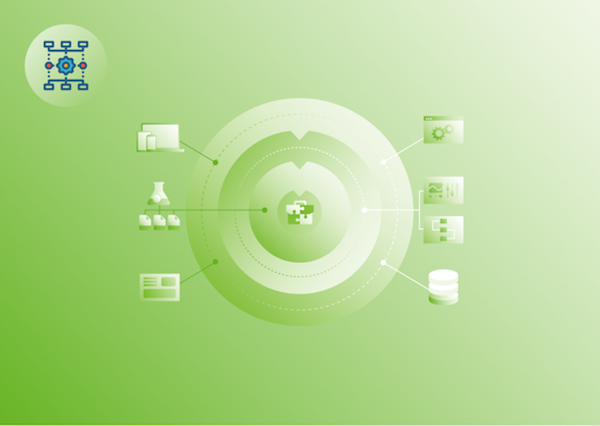
App Infrastructure for Clean Architecture Enabling AI Agents
A hands on training that teaches how to design application infrastructure and development processes so AI agents can work safely, predictably, and effectively inside Clean Architecture.
Overview
This training introduces a Code Design method that actively supports and enforces critical architectural decisions, while enabling the safe and effective use of AI agents in software development. It is especially suited for medium to large development teams that want to combine Clean Architecture with AI assisted workflows, without sacrificing code quality or long term maintainability.
The method addresses the challenges of developing large enterprise systems by emphasizing code quality through structure. It focuses on designing application infrastructure that makes architectural rules explicit, verifiable in code, and consistently applied across the system.
The Application Infrastructure defines a clear and intentional structure that acts as the backbone of the system. It enforces Clean Architecture principles by making it easy to write good code that follows the architecture, and hard to write bad code that violates the design intent. By isolating policies from details and enforcing clear responsibilities, the structure supports long term development by keeping the cost of change predictable as the system evolves.
The same structure that guides human developers also enables effective workflows with AI agents. Clear boundaries, explicit abstractions, and enforced dependency rules provide agents with well defined limits and safe entry points for change. Instead of operating as free form code generators, AI agents become part of an engineered development process.
By constraining what agents can analyze, modify, or extend, the infrastructure makes it possible to design repeatable agentic workflows that increase development efficiency while preserving architectural integrity and maintainability over time.
In addition to software design, the training provides insights into Project Design, helping participants understand how technical separation and architectural boundaries impact planning, task dependencies, estimation, and risk management.
The training balances conceptual understanding with hands on practice. Participants not only learn the core design principles of the method, but also gain practical experience extending an Application Infrastructure using .NET.
Motivation
AI assisted development is rapidly becoming part of everyday software delivery, but without the right structure it often increases complexity, technical debt, and delivery risk.
This training is motivated by the need to adopt AI agents in a way that strengthens architectural discipline rather than undermining it.
By combining Clean Architecture with application infrastructure that enforces design decisions and constrains AI agent behavior, teams can improve development efficiency while preserving code quality, predictability, and long term sustainability.
Target Audience
Any Software Architect, Team Lead or Software Developer would benefit greatly from this training.
Prerequisites
Attendees will benefit most from this training if they have a strong understanding of:
- Encapsulation and Polymorphism
- Separation of Concerns
- SOLID Principles
- Design Patterns
- Dependency Injection and Dependency Management
- Clean Code Principles
We also offer complementary training programs that cover these topics, see here.
Note: The hands-on labs in this training are built using .NET.
Powerhouse Format Outline
The Powerhowse Workshop format is a concise, cost-effective, and impactful learning experience. In this format, the content is condensed without extensive details or hands-on labs, making it accessible to a broad audienceOutline:
- Application Infrastructure
- Clean Architecture
- Managing Dependencies
- AppBoot Component
- AI Agents in a Structured Development Process
Standard Format Outline
➟ onsite: two full days
➟ online: three days with 4-hour sessions each
Outline:
- Importance of Separation of Concerns
- What is Application Infrastructure
- Clean Architecture
- Managing Dependencies
- Application Boot Component
- Data Access Component
- AI Agents in a Structured Development Process
- Custom agents with specific roles
- Hands-on Labs: Demo AppInfra for a Modular System
- Reusable App Infra components in .NET
Custom formats are also available, offering extended durations to address specific participant needs, provide additional guided practice, or begin building the application infrastructure for a project brought in by the participants.
We have trained hundreds of developers, helping them build the skills to design code that minimizes the cost of change. We have also designed and led the execution of numerous software systems, ensuring they meet their commitments.
Here is what some of our clients have to say about their experience of working with us.

